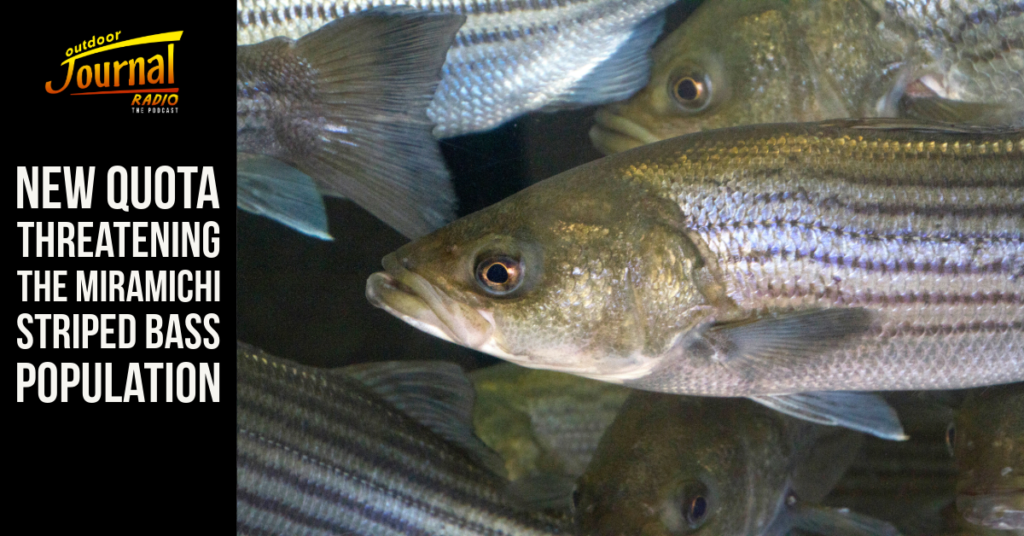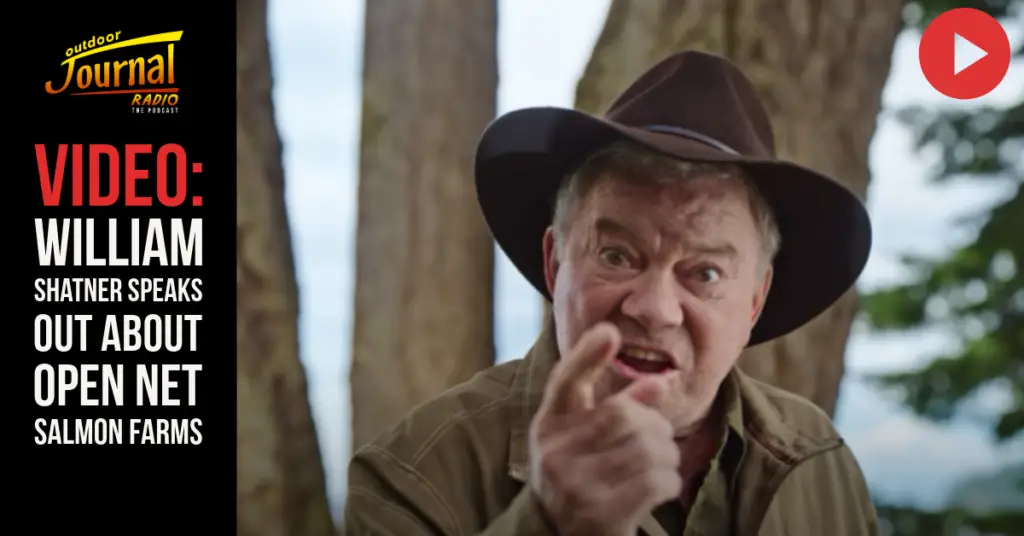The Stories that Matter and the Fuel to your Bar Banter – Canadian Fishing and Hunting News from the Week of October 1st, 2021
Although news has never been so abundant, finding relevant and reliable stories has never been more difficult. Thankfully, Fish’n Canada has you covered. From ancient highways to active Grizzlys, here is everything you missed this week in the world of Canadian hunting and fishing!
1- Fossilized Footprints Place Humans in the Americas 5,000 Years Earlier Than Once Thought

The details of man’s arrival in North America have long been debated with everything from migration routes to arrival dates being constantly discussed amongst experts and researchers. The conversation was stoked, yet again, this week, as a freshly analyzed set of fossilized human footprints appear to push the date of arrival back at least 5,000 years.
The footprints were discovered along an ancient lakeshore within New Mexico’s White Sands National Park. After careful analysis, researchers were able to date the footprints to roughly 22,000 years ago – a time when Canada, as well as much of the northern US, was covered by kilometre-thick ice sheets. This discovery not only shakes up the story of when humans migrated to the Americas, but also significantly extends the period that humans lived and hunted alongside some of the world’s most impressive, now-extinct, animals such as the Woolly Mammoth, Saber-toothed Tiger, Giant Ground Sloth, and Short-Faced Bear.
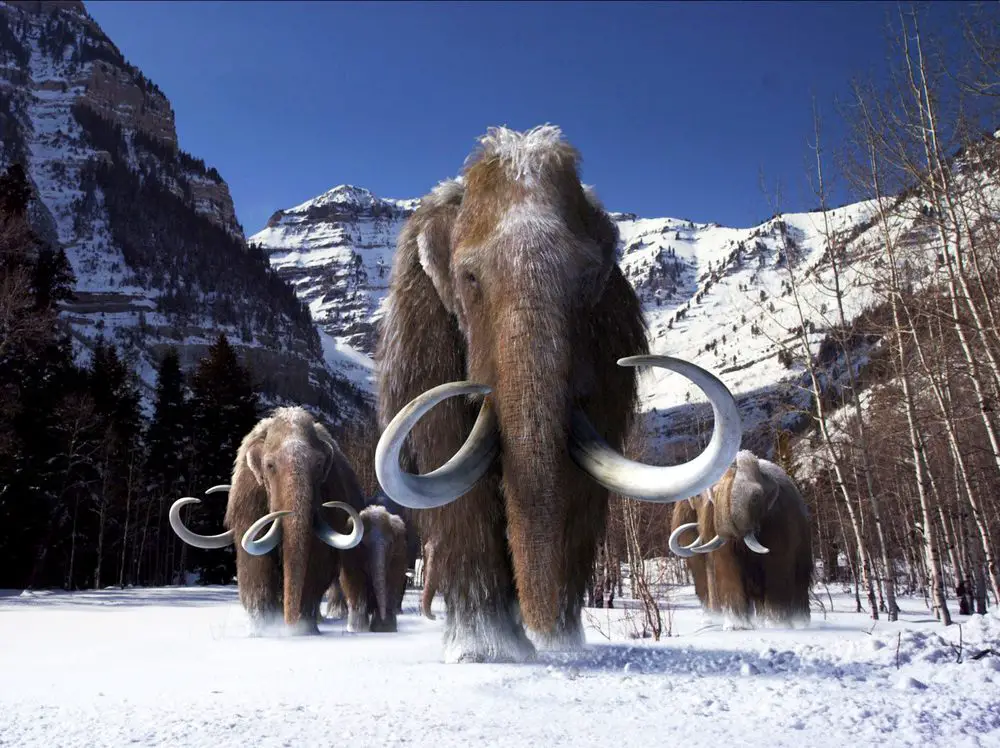
Woolly Mammoths 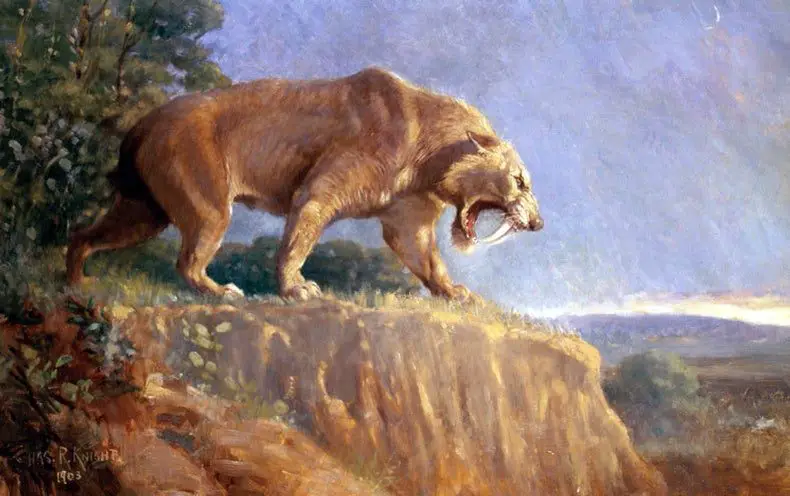
Saber-Toothed Tiger 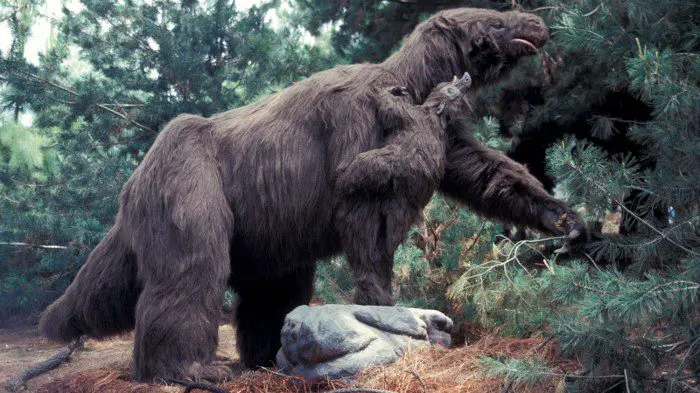
Giant Ground Sloth (nature.com) 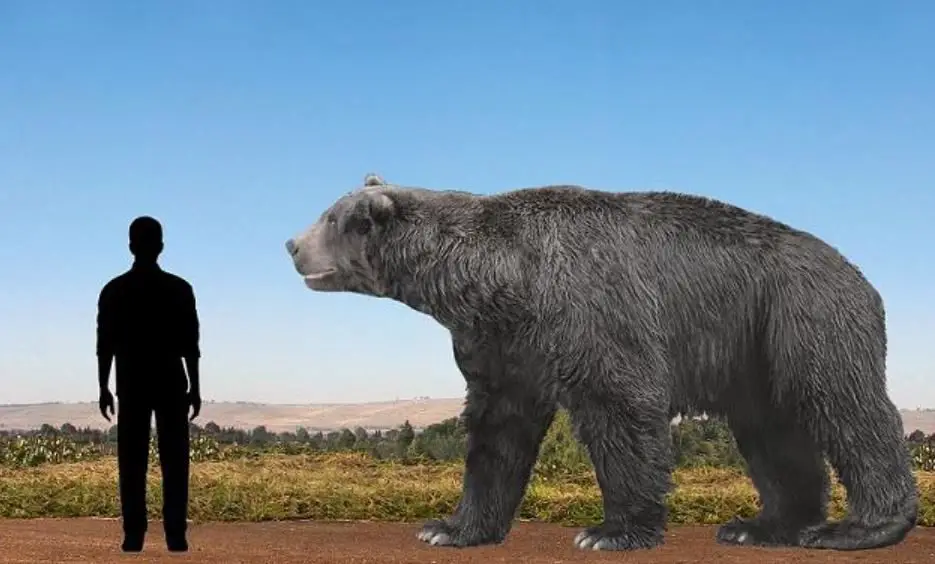
Giant Short-Faced Bear
Based on the size and shape of the footprints, the researchers were able to conclude that the majority of the prints were made by children and teenagers. The differing ages of the prints found in the area also suggest that this was a travel route used by generations of early humans, not just a one-off event.
For more information on this groundbreaking finding, check out the full report published over at Science.
2 – Chinook Salmon Make a Big Return to the Cowichan River
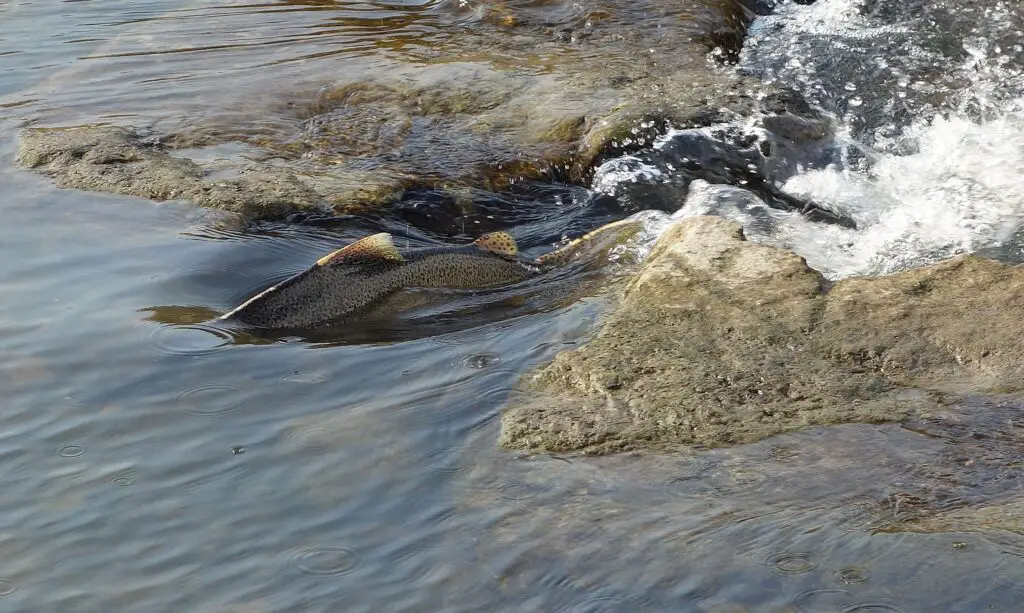
Chinook Salmon are making their way back into the rivers all over the country. However, perhaps nowhere are they more welcome than in the Cowichan River in southwestern British Columbia.
While the Cowichan may have historically been a productive salmon river, the fishery hovered on the brink of collapse in 2009 when only 500 pairs of Chinook returned to their native spawning grounds. This collapse in salmon numbers was primarily attributed to the intensive logging activity the river saw during the 1990s, a time when dynamite was used to remove waterfalls, rapids, and other barriers from the river that made the transportation of logs difficult.
This year, however, the Cowichan has already welcomed more than 8,000 Chinook and plenty more are surely on the way. This is, in large part, thanks to conservation efforts led by the Cowichan Tribes that have spent the last decade removing truckloads of gravel from the river and returning the flow of the Cowichan back to what it once had been.
3 – Grizzly Attack Sends a Calgary Man to the Hospital
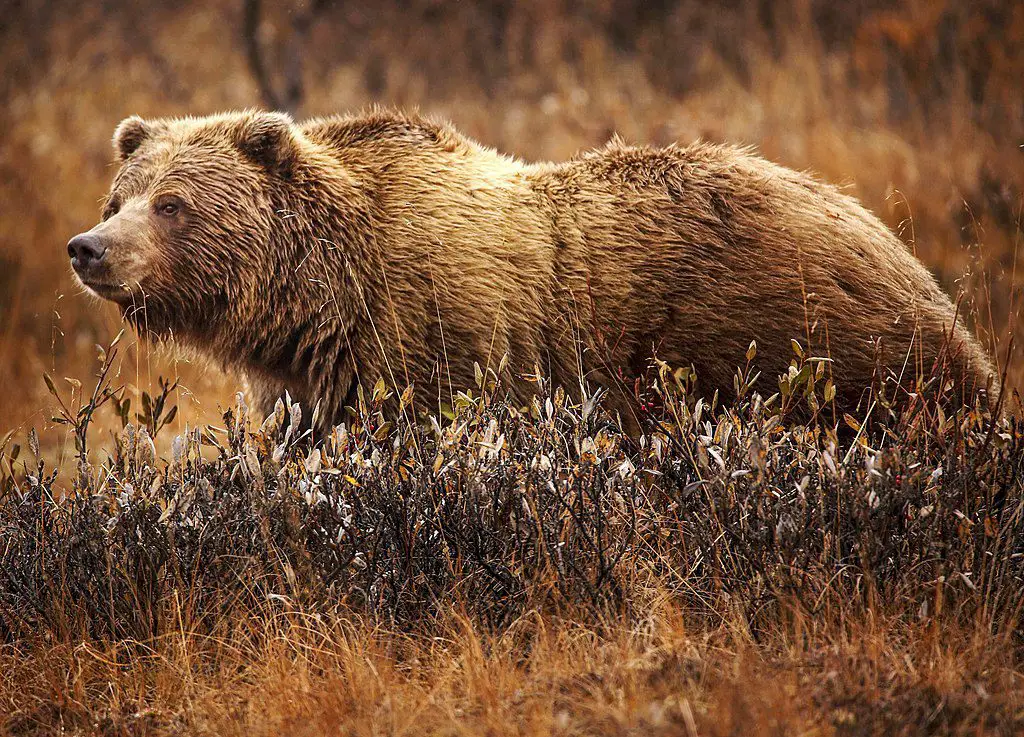
As reported by CTV Calgary, a man was sent to hospital on Sunday after encountering a Grizzly Bear and her two cubs while hiking in Elbow-Sheep Wildland Provincial Park near Kananaskis county. Thankfully, the man was quickly rescued by helicopter and is now in stable condition in a Calgary hospital where he is recovering from multiple soft-tissue injuries. Out of precaution, the section of the park where the attack occurred is temporarily closed to the public.
Although authorities have ensured that the man who was attacked did everything right in the encounter, it is an especially important time of the year to take all precautions possible when recreating in Grizzly country. In addition to the fall being a time when more and more people enjoy being outside, it is also a time when bears are actively feeding in preparation for winter and when encounters become more common. Though attacks are still rare and should not deter you from enjoying our country’s wild places, bear spray should always be carried and those who are not hunting should make their presence known in the woods using bear bells, music, or loud talking to avoid startling active bears.
4 – Ontario Looks to Extend the Greenbelt
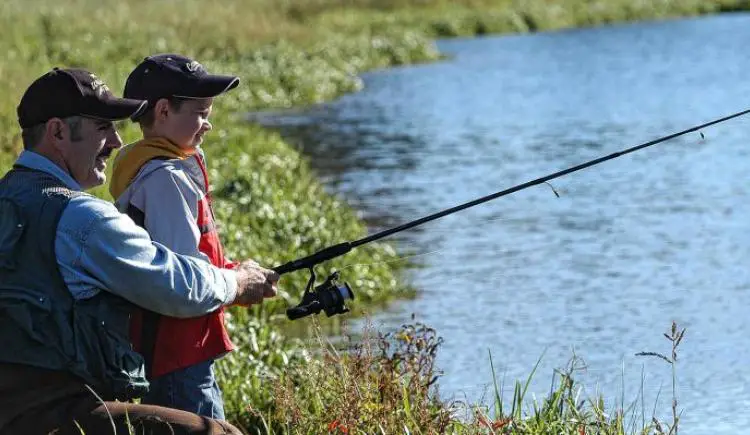
The Ontario government announced on Monday its proposal to extend the province’s Greenbelt with the addition of wetlands connected to Bowmanville Creek, Soper Creek, and Wilmot Creek.
The Greenbelt refers to a land classification system created in 2005 that is intended to halt the rapid spread of urban development by permanently protecting ecologically important lands within the Great Lakes region. Since its inception, the Greenbelt now includes over 800,000 hectares of land in Ontario’s Golden Horseshoe – a number that is, hopefully, soon to expand.
The newly proposed addition that was announced on Monday, as well as the inclusion of parks such as Darlington Provincial Park, could result in the largest expansion of the Greenbelt since its creation, seeing more than 600 acres and three new river valleys added to the growing list of protected lands. This would be a massive win for all those who enjoy Ontario’s outdoors and would ensure that these important natural areas are free from development for generations to come.
If you’re interested in reading the full proposal, check out the official news release here.
5 – Deadly Virus Wipes out Hundreds of Deer on Vancouver Island
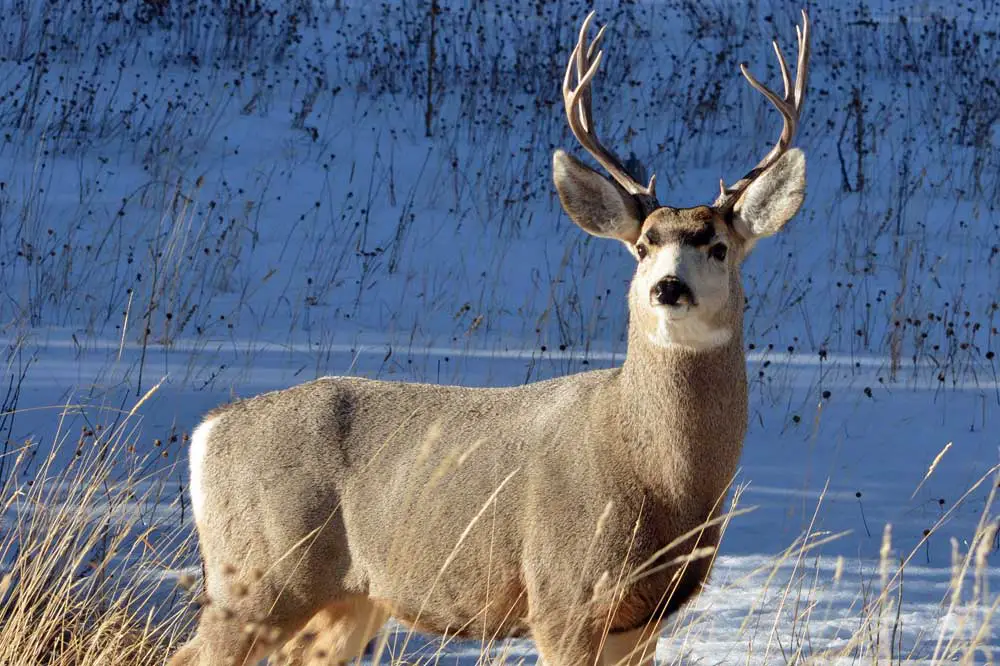
Adding to the never-ending stream of COVID coverage, it appears as though a new virus is making headlines on the west coast as hundreds of deer die from a mysterious illness on Vancouver Island.
According to the Nanaimo News Bulletin, the findings came after dozens of Vancouver Island residents began reporting dead Black-tailed Deer on their property. After over a year of research and over 100 deer suffering the mysterious fate, the culprit was deemed to be a disease previously unheard of in British Columbia, Adenovirus Hemorrhagic Disease (AHD).
Although humans, thankfully, don’t have to worry about contracting this virus, those who enjoy watching and hunting deer might be slightly more concerned. First discovered in Califonia in 2017, this deadly virus has been rapidly spreading up the coast and now appears to have reached Canada. The extent to which the virus has taken hold in the Vancouver Island Blacktail population is still unknown, as samples can only be taken from deceased animals. However, live or dead deer seen with foaming mouths, ulcers, and abscesses near the mouth should be all be reported to local conservation authorities to help stop future spreading.
Have a story we missed? Send us an email at [email protected]




